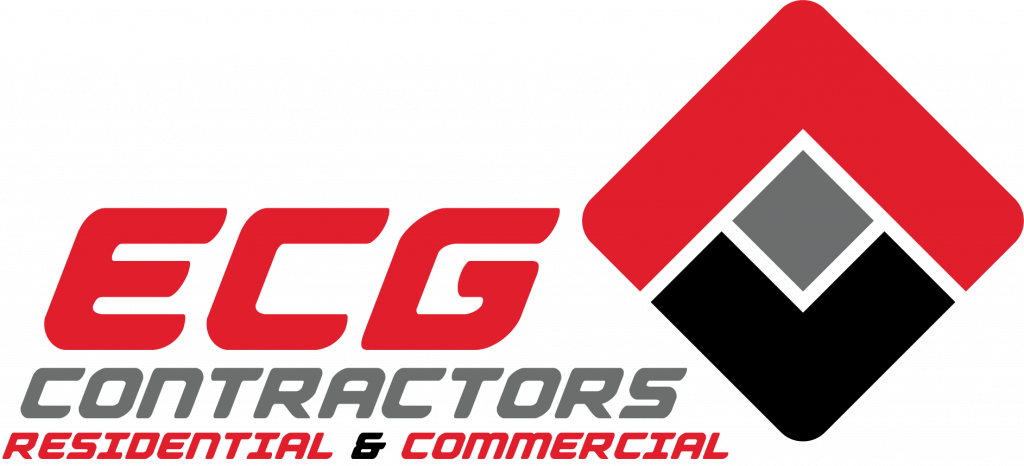 Tip N°1. Tie-off
Tip N°1. Tie-off
On a steeply pitched roof, be sure to wear a safety harness that is securely tied off to a fall-resistant device.
 Tip N°2. Avoid slippery roofs
Tip N°2. Avoid slippery roofs
When the roof is slippery from rain, snow, frost or drew, the best precaution is to wait until the roof surface is dry.
 Tip N°3. Keep it clean
Tip N°3. Keep it clean
Make sure someone keeps the roof clean by frequency sweeping up sawdust, wood, shingle particles, and other kinds of dirt.
 Tip N°4. Wear rubber-soled shoes or boots
Tip N°4. Wear rubber-soled shoes or boots
Rubber-soled boots typically provide better traction than leather-soled boots. Some crepe-soled boots also provide good traction. However, whatever shoes or boots you decide to wear, make sure they’re in good condition. Badly worn shoes of any type can be a real safety problem.
 Tip N°5. Secure openings
Tip N°5. Secure openings
Cover and secure all skylights and openings, or install guardrails to keep workers from falling through.
 Tip N°6. Keep the skid-resistant side of APA performance rated panels facing out
Tip N°6. Keep the skid-resistant side of APA performance rated panels facing out
Some Oriented Strand Board(OSB) panels are textured or splattered-coated on one side to increase traction on the panel surface. When installing OSB panels on the roof, make sure the skid-resistant side is up.
 Tip N°7. Install shingle underlayment
Tip N°7. Install shingle underlayment
Cover the deck with underlayment as soon as possible to minimize its exposure to the weather. Underlayment tends to make the roof less slippery when properly installed (However, be aware of the risk that underlayment can tear away from fasteners on a steeper pitch. The lighter weight, undersaturated felts are most likely to tear out.)
 Tip N°8. Install temporary wood cleats for toe-hodings
Tip N°8. Install temporary wood cleats for toe-hodings
Nail 2×4 wood cleats or adjustable roof jacks to the roof deck to provide temporary toe-holds. Remove the cleats or roof jacks as the roofing is installed.
 Tip N°9. Constantly inspect the roof and immediatly remove any possible tripping hazard
Tip N°9. Constantly inspect the roof and immediatly remove any possible tripping hazard
Tools, electric cords and other loose items can all pose hazards and should be removed from the roof.
 Tip N°10. Learn the Federal, State and Local worker-safety requirements
Tip N°10. Learn the Federal, State and Local worker-safety requirements
Learn what the government agencies require of you and the contractor you work for. These requirements exist to protect you. So, if you’re going to be a roofing professional, it’s an important part of your job to learn and follow these regulations.
 Tip N°11. Use your common sense
Tip N°11. Use your common sense
Safety programs and regulations cannot foresee each of the roof conditions and layouts on which you must work. Adapt to protect yourself.


